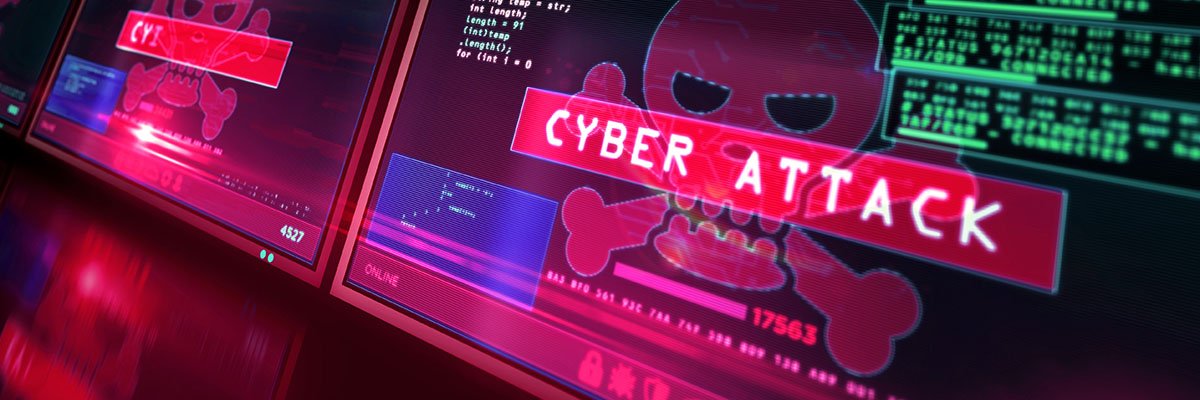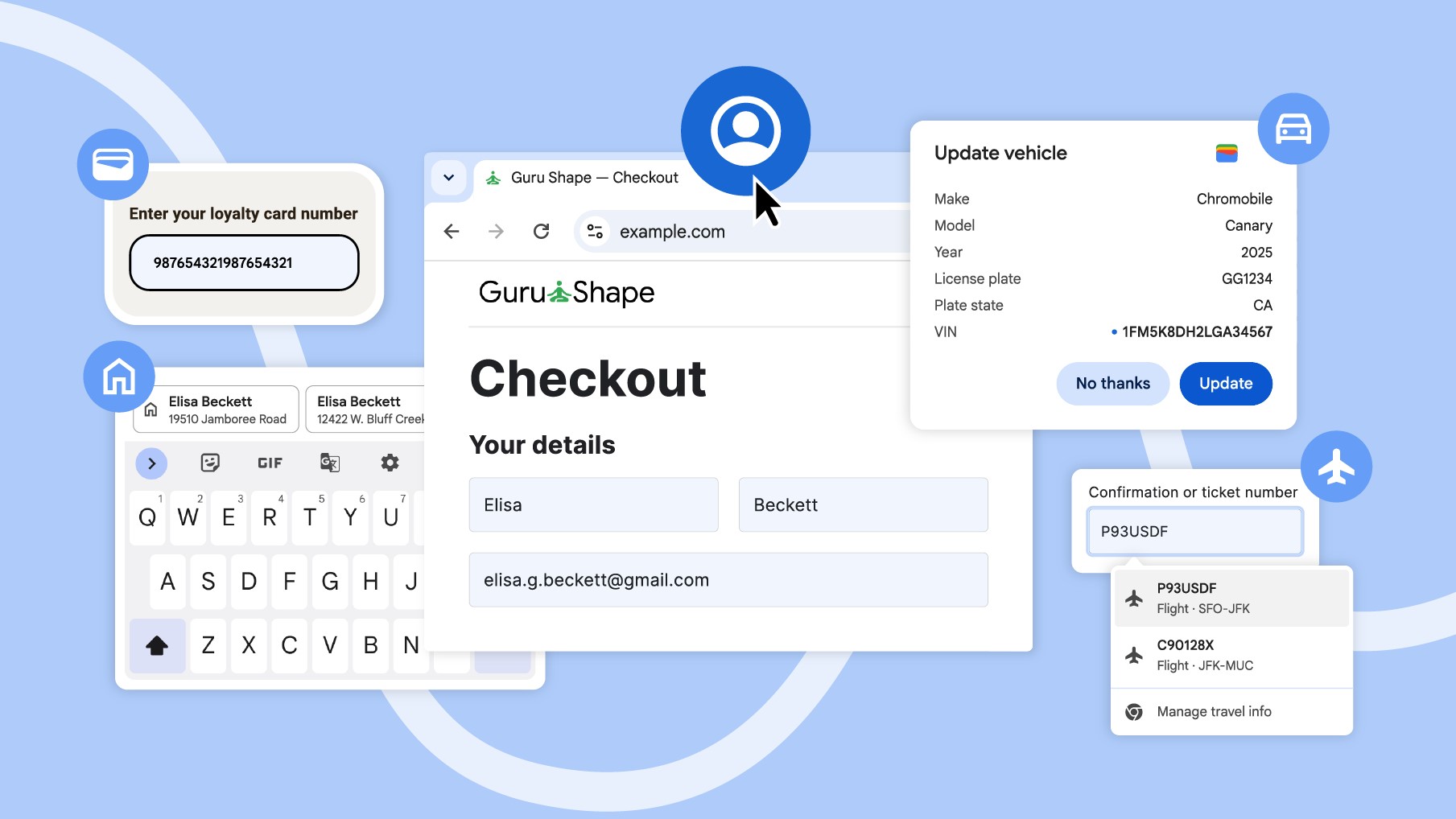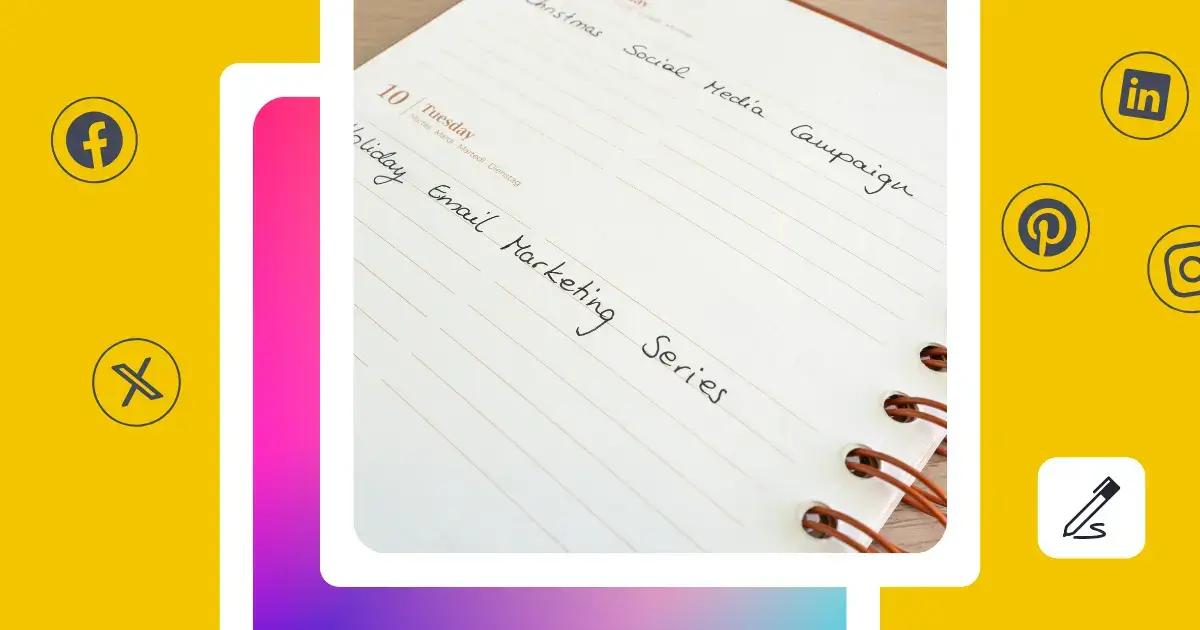Unlike Claude, Perplexity supports AI image generation. To test its abilities, I gave Perplexity (Sonar) and ChatGPT (GPT-5 and Perplexity’s GPT-5) a series of prompts, beginning with the following: “Generate me an image of a cozy suburban home with an open floor plan. I want to see a nice living space with a dining room, kitchen, and living room. Nothing too fancy.” As mentioned, it’s not entirely clear what model Perplexity actually uses when you select Sonar for image generation. However, since it’s the default model option, I included it in my testing. Perplexity’s (first slide), ChatGPT’s (second slide), and Perplexity’s GPT-5 (third slide) results are below:
No image here is flawless. Perplexity’s image features photographs of people with some truly nightmarish distortions on its wall, while the placement of its sink is confusing and distracting. ChatGPT doesn’t fare any better, thanks to distortion in the objects on the kitchen counter and window, as well as its generation of multiple light fixtures. Perplexity’s version of GPT-5 created the best image overall, with attractive lighting and minimal distortion. Still, its ceiling lights are oddly of different brightness levels, and some minor distortion in background objects on the kitchen countertop is noticeable.
Next, I tested the AI services’ abilities to generate a more complicated image: a comic with multiple panels that tells a story. I used this prompt: “Generate me a six-panel comic of a story that’s half Lovecraftian horror and half 1960s retrofuture a la Fallout. Make sure there’s a major twist by the final panel.” Below, you can see Perplexity’s (first slide), ChatGPT’s (second slide), and Perplexity’s GPT-5 (third slide) results:
These images generally impress with minimal errors and distortion, but their stories are disappointing. Perplexity’s comic confusingly features a futuristic city being destroyed by a book with tentacles controlled by a god in a 1990s simulation. GPT-5 on Perplexity isn’t much clearer, depicting a vault out of the Fallout series being invaded by a Lovecraftian demon, which turns out to be a festival. ChatGPT’s image isn’t Shakespeare, but it’s the most coherent, depicting a similar Lovecraftian demon invading a town. However, instead of fighting the monster, a couple turns on each other by the last panel.
For my final image generation test, I asked the AIs to make a diagram: “I’ve got a computer and a PlayStation 5. I want to connect my headphones, microphone, mouse, and keyboard to a USB switch, so I can swap them between my computer and my PlayStation as necessary. I also want to connect my PlayStation to an HDMI switch, so I can either use it with my monitor, which my computer also uses, or my nearby TV. Draw me a diagram that shows this setup.” Check out Perplexity’s (first slide), ChatGPT’s (second slide), and Perplexity’s GPT-5 (third slide) results below:
Once again, none of them generated perfect images. Perplexity and Perplexity’s GPT-5 both created nonsensical diagrams that don’t accurately depict what I asked to see. ChatGPT’s diagram is also incorrect, but it’s the clearest of the bunch, albeit not by the widest margin. AIs routinely struggle with diagrams, though, so this test is almost always a measure of which technology does the least bad job, and ChatGPT takes that honor here.
Beyond generating images, you can also use AI to edit images you already have. To test this, I presented the AIs with a landscape obscured by my hand in the frame, which I asked them to remove. Take a look at the original (first slide), Perplexity’s (second slide), ChatGPT’s (third slide), and Perplexity’s GPT-5 (fourth slide) edits below:
Compared with the original, all the edited images are blurrier and have much lower resolution. ChatGPT’s generated image didn’t feature a 16:9 aspect ratio, so the transition from rectangle to square is also off-putting. That aside, they all successfully removed my hand without adding any major errors or distortion. In general, I recommend Gemini’s Nano Banana model for AI image editing.
It’s worth noting that generating images with Perplexity (regardless of model) is significantly faster than with ChatGPT. The latter takes a minute or two on average, whereas Perplexity requires half that time or even less.









